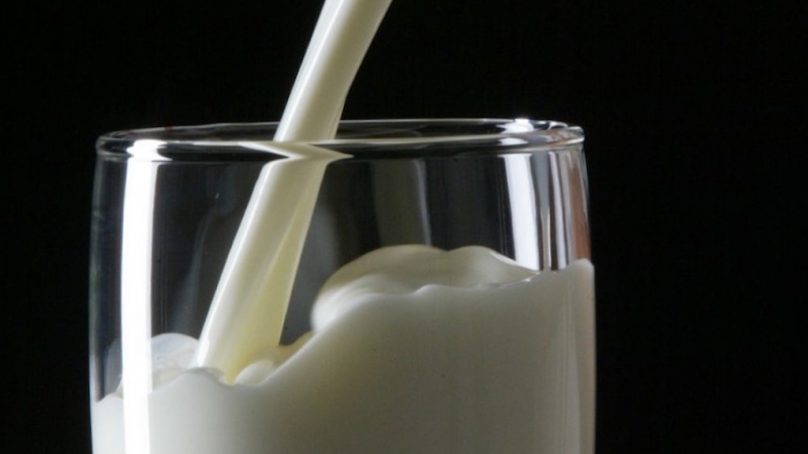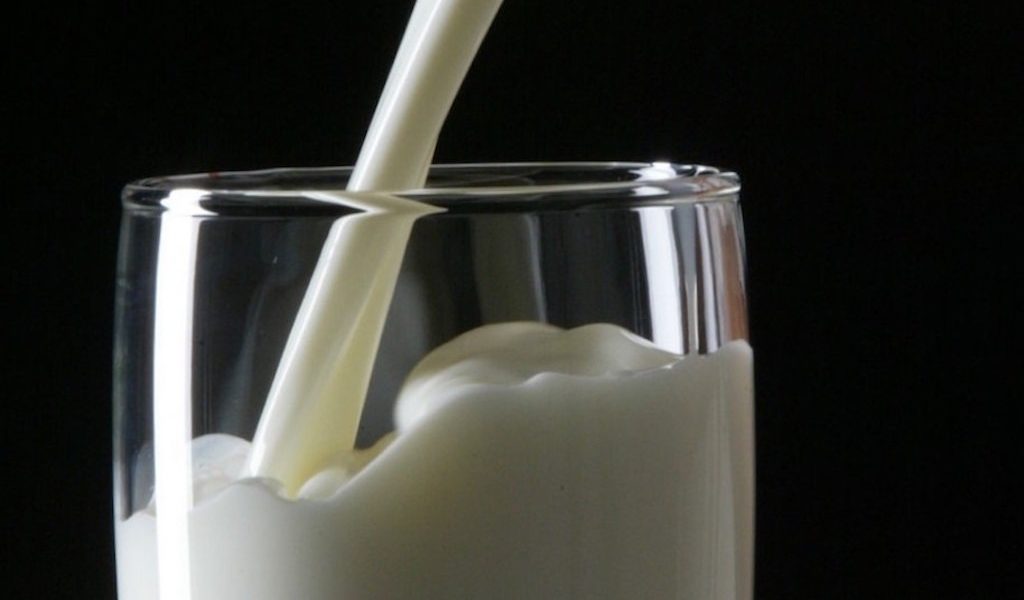


Clinical dietitian and CEO, Le Gabarit
What is the difference between lactose free and dairy free?
They may sound the same, but don’t be fooled. Lactose-free foods are dairy products that have had the lactose removed. Dairy free means no dairy at all; the product is made from plants or nuts instead.
Can a person with a milk allergy or intolerance have lactose-free products?
No, lactose-free products are made for people intolerant to lactose and are not suitable for people who have milk allergies or who are on a vegan or dairy-free diet.
Which brands have the widest range of milk substitutes and lactose-free products?
You can find more and more lactose free products on the market by brands such as Taanayel and Candia, but these products are not free from dairy. Vegan and dairy-free substitutes are largely made by international brands, although we are finding some small, local businesses creating their own versions. It is possible to find milk made of almond, soy, rice, cashew, coconut, oat, hazelnut and pea on the Lebanese market.
Who is more likely to buy lactose free products and milk substitutes?
Cow’s milk is under increased scrutiny due to the level of casein (milk protein) it contains, not to mention the fact that milk allergies are increasing. Furthermore, the environmental impact and ethical considerations concerning animal welfare are driving a growing demand for dairy alternatives. At the same time, a rising number of consumers are switching to plant-based milk substitutes because of the media. A significant number of social media “influencers” have made it trendy.
In your opinion, which is better: lactose-free products or milk substitutes?
There is a difference between an allergy to milk or dairy products and lactose intolerance. If someone is intolerant, the problems are caused by lactose. An allergy, on the other hand, is a reaction to certain proteins in the milk. Ultimately, drinking too much milk can be bad for our health:
• Several studies have proven that the consumption of milk plays a role in the formation of acne.
• Drinking too much cow’s milk has also been shown to increase the risk of ovarian and prostate cancer.
In short, there is no scientific evidence that women who drink more milk have higher bone density, but drinking milk substitutes cannot always replace the protein or calcium found in animal milk.

FADI FAYAD
Consultant, Fayad Food Consulting
What are the latest dairy trends?
More than half of dairy consumers are looking for healthier, all-natural, organic, low-sugar and non-GMO options. This trend has been accelerated post Covid-19. In terms of traditional dairy products, yogurt and cheese are being developed with a focus on gut health (fermented milk that contains probiotics and no lactose). Plant-based dairy alternatives have evolved. Emerging products include Almond Milk Yogurt by Silk, plant-based drinks by Nestlé Nesfit and dairy free line Activia (Danone).
What new and exciting flavors are brands creating to target consumer groups who generally don’t drink milk?
At a local and regional level, companies are still focused on traditional products. In Lebanon, brands like Taanayel Les Fermes and Dairy Khoury have launched lactose-free milk, yogurt and labneh. Gout Blanc has also developed a special range of goat’s milk products, yogurt, labneh and cream cheese. Al Marai (KSA) and LACNOR (UAE) have developed a range of flavored yogurts using real fruits. LACNOR also launched a highprotein milk item, which is 100 percent natural and contains 60 grams per liter of protein — twice the amount found in regular milk.
What can dairy brands do to help justify a premium price when positioning dairy milk against nondairy drinks?
The key aspect is projecting a healthy image. Bad gut health, which is a common health condition among consumers in the region, has prompted a yogurt boom. Therefore, upgrading fermented products by highlighting their probiotic nature, developing high-protein or calcium-fortified yogurt drinks, high-fiber yogurts and suchlike are essential. In addition, developing flavored yogurts to include more exotic flavors, such as vanilla and nut, is important. I also believe that we will see more products on the market made of goat and camel’s milk.
















